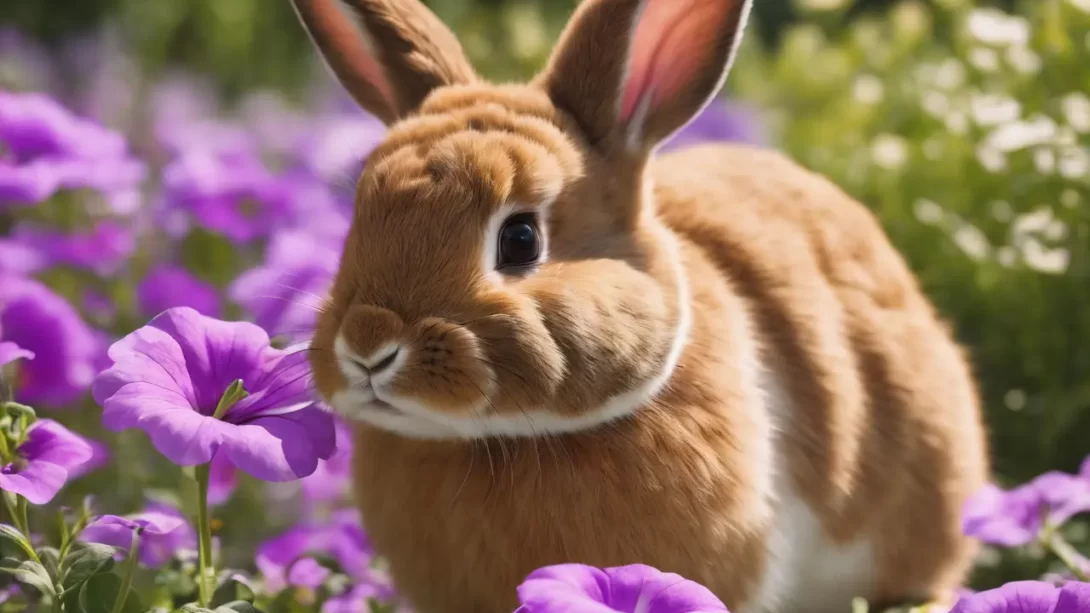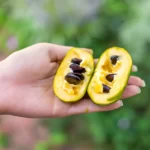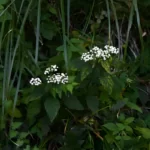Gardens are often a haven for various wildlife, including the ever-curious and opportunistic rabbits. While these creatures can be delightful to watch, they can also pose challenges for gardeners, particularly when it comes to safeguarding beloved plants like petunias. This article aims to delve into the feeding habits of rabbits, specifically focusing on their interaction with petunias, and to provide effective strategies for protecting these popular garden flowers.
Rabbits
Rabbits are small mammals known for their long ears, large front teeth, and a penchant for gnawing on plants. In the wild, their diet mainly consists of grasses, leaves, and some fruits and vegetables. In urban and suburban areas, rabbits have adapted to feast on a variety of garden plants, which sometimes leads to them being labeled as pests. Understanding the dietary preferences of rabbits is essential for gardeners looking to protect their plants while coexisting with local wildlife.
Overview of Petunias
Petunias are a favorite among gardeners due to their vibrant colors and relatively easy maintenance. These flowering plants come in a range of hues and are a staple in many summer gardens. Petunias thrive in well-drained soil and full sunlight, making them a popular choice for garden beds and containers. Their appealing aesthetic, however, might not only attract human admirers but also the attention of local fauna, such as rabbits.
Rabbits and Petunias: The Attraction
The question of whether rabbits eat petunias is a pertinent one for gardeners. Rabbits are generally attracted to tender, succulent plants, and petunias can fall into this category. Their soft leaves and flowers can be an enticing meal for rabbits, especially when their preferred food sources are scarce. While not every rabbit may target petunias, the risk of damage to these plants by rabbits should be considered, particularly in areas with a high rabbit population.
Protecting Petunias from Rabbits
Gardeners can employ several strategies to protect petunias from rabbit damage. One of the most effective methods is the use of physical barriers. Fencing is a reliable option; a fence that is at least 2 feet high and buried several inches into the ground can deter rabbits. Alternatively, individual plant cages or protective netting can be used to cover petunias, especially for smaller garden areas or specific plants that are frequently targeted.
Repellents are another line of defense. Commercial repellents designed to deter rabbits can be effective, but it’s important to choose products that are safe for plants and other wildlife. Homemade repellents, such as garlic or chili pepper sprays, can also be used. However, repellents need regular reapplication, especially after rain, and their effectiveness can vary.
Companion planting is a more subtle method to deter rabbits. Planting herbs and flowers that have strong scents or are traditionally unappealing to rabbits, like marigolds, garlic, or lavender, around petunias can help keep rabbits at bay. This method not only helps protect petunias but also adds diversity to the garden.
Alternative Methods for Rabbit Control in Gardens
For gardeners seeking a more holistic approach, non-lethal methods for managing rabbit populations can be effective. Habitat modification is one such method. Making the garden less appealing to rabbits by removing thick underbrush or potential nesting sites can reduce their presence. Ensuring that the garden doesn’t provide an easy food source by securing compost piles and garbage bins can also discourage rabbits from settling in the area.
Ethical and humane considerations are important in wildlife management. Live trapping and relocation of rabbits should be carried out with care and in accordance with local wildlife regulations. Often, fostering a balanced ecosystem where natural predators are present can help regulate rabbit populations.
Conclusion
In conclusion, while rabbits are known to feed on a variety of garden plants, petunias can be particularly vulnerable due to their soft and succulent nature. However, understanding rabbit behavior and preferences is key to effectively protecting these beautiful flowers. By employing strategies such as physical barriers, repellents, and companion planting, gardeners can significantly reduce the risk of rabbit damage to petunias.
Implementing alternative, non-lethal methods for rabbit control, such as habitat modification and fostering natural predator populations, is also crucial in maintaining a balanced garden ecosystem. These methods not only deter rabbits but also contribute to a diverse and healthy garden environment.
It’s important to approach garden wildlife management with a sense of balance and responsibility. Recognizing the role of rabbits in the ecosystem and employing humane methods to coexist with them can lead to a more sustainable and enjoyable gardening experience. By adopting these practices, gardeners can protect their petunias and other plants while supporting the overall health and harmony of their garden’s ecosystem.
In summary, while rabbits do pose a threat to petunias, there are multiple effective and humane strategies to protect these plants. Understanding and adapting to the challenges of garden wildlife is an integral part of successful and responsible gardening. With the right approach, gardeners can enjoy the beauty of petunias and other flowers without sacrificing their coexistence with the local wildlife.



